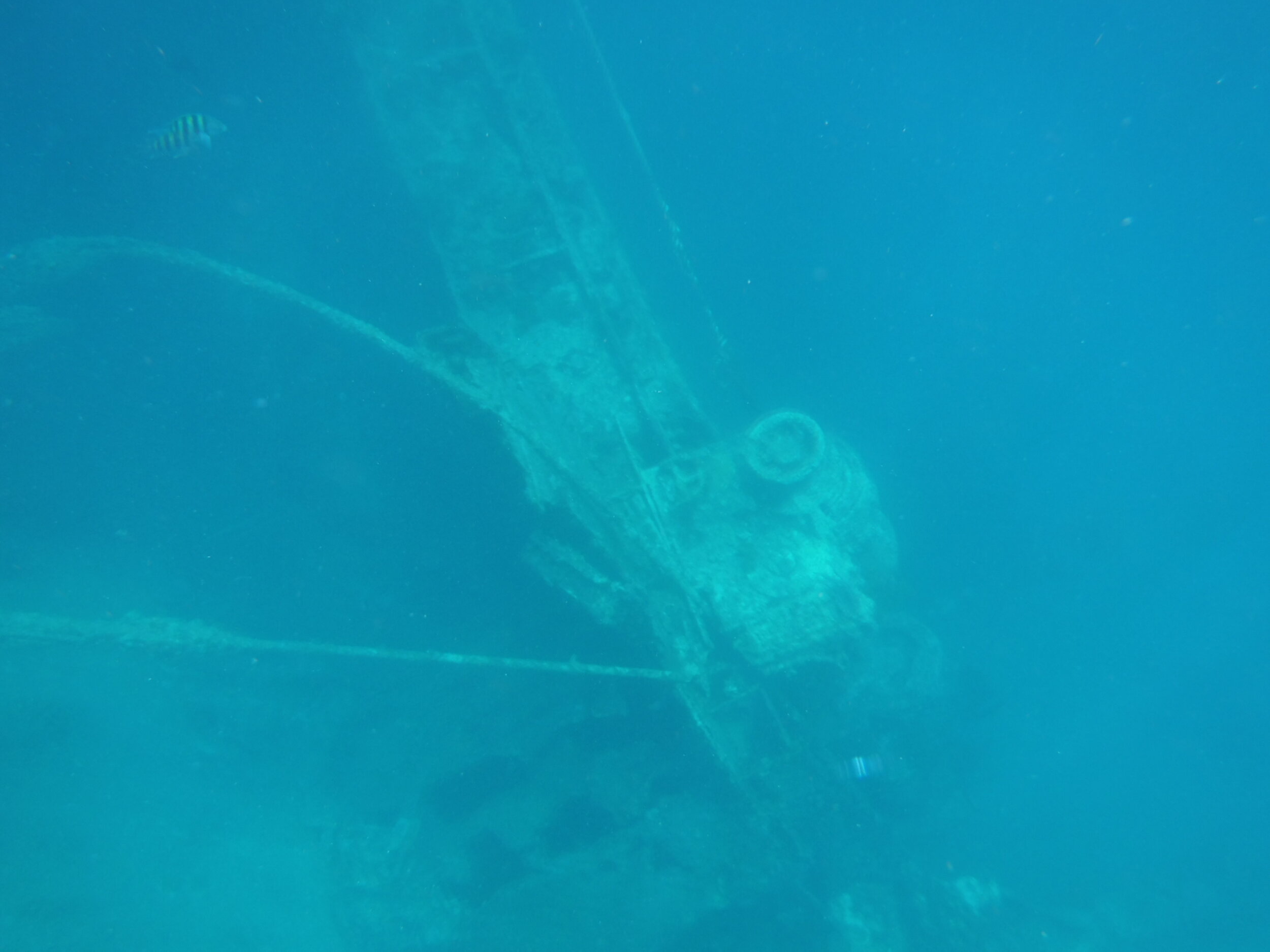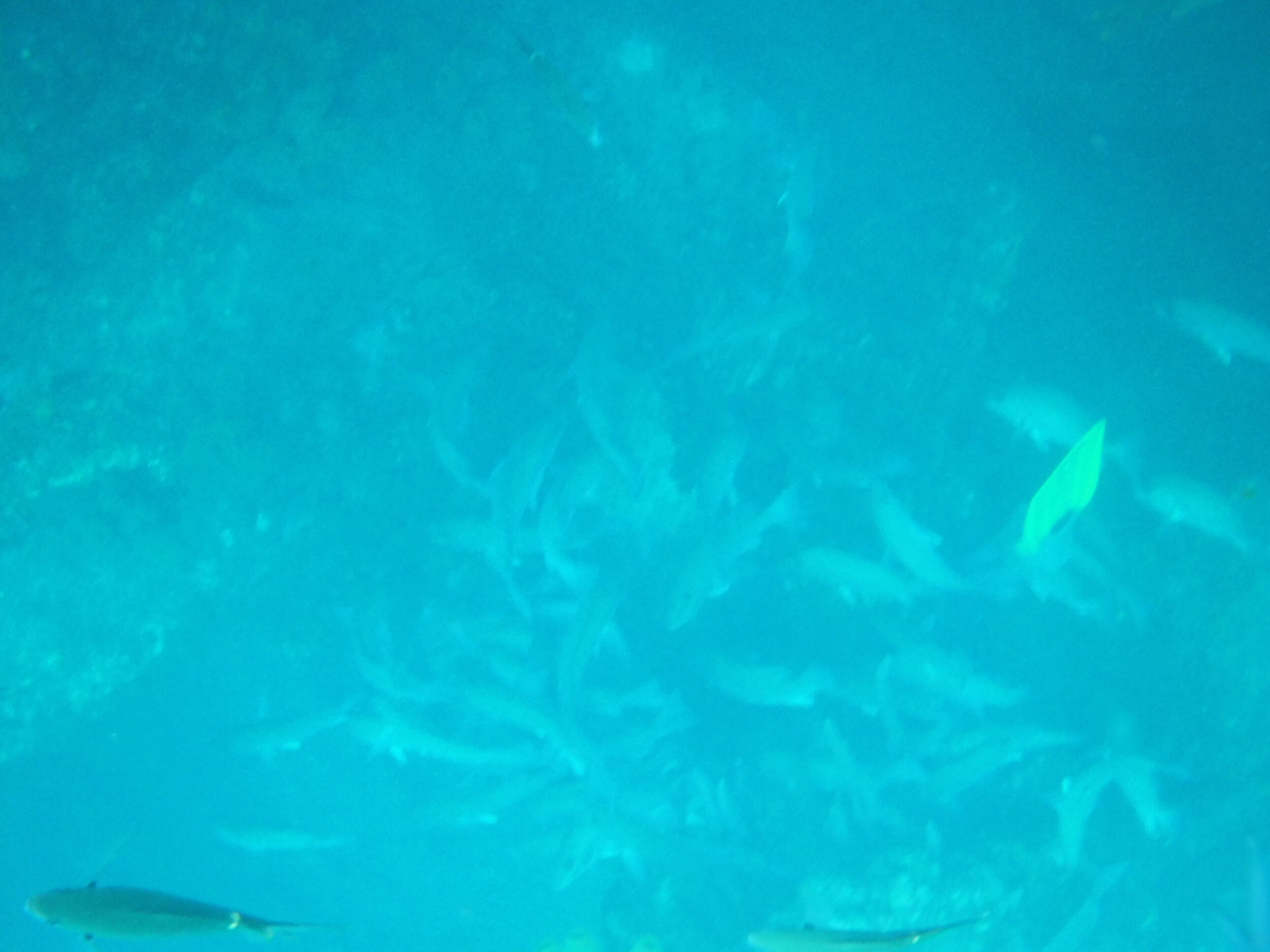ABC Island Cruise on Royal Caribbean
In the winter of 2019, we sailed aboard the Explorer of the Seas to the southern Caribbean islands of Aruba, Bonaire, and Curacao with a stop along the way at Labadee, Haiti.
Cruising, Sea Days, and Labadee
Cruising the Caribbean is one of our favorite getaways. It’s close, sunny, and inexpensive if you pick the right time of year. Cruising out of Florida usually guarantees 40-50% of the time will be spent at sea so we keep ourselves entertained with rounds of trivia, comedy shows, reading by the pool, and whatever other features that particular ship offers. We also got a drink package for this trip, but those don’t always make financial sense. This time it helped that we could get free drinks on the island resort of Labadee, which was our first stop. Labadee is a peninsula off Haiti’s northern coast and it’s rented by Royal Caribbean to offer a quiet beach day. There is a long zipline, watercraft, some slides, and lots and lots of beach front seating. We spent the day relaxing and doing a little swimming. The sand is nice but there’s a decent amount of rocks in the water, so I’ll be bringing water socks with me next time.
Bonaire
Our first ABC stop was the island of Bonaire, the eastern most of the three islands. The island is incredibly flat with a rugged, almost desert like beauty surrounded by teal blue water.
We settled on a biking excursion through the cruise line for this stop, a 12 mile trek around the southern tip of the island. The first half of the ride took us down the road with the flamingo sanctuary on one side, and the rocky eastern coast that is constantly punished by waves on the other. This section of Bonaire had beauty in it’s desolation, as if someone dropped a chunk of desert in the middle of the ocean but it never stopped being a desert.
Along the way we spotted Flamingos in their protected habitat and the islands oldest transplanted animals, donkeys, who are now allowed to wander freely. The Lighthouse Bonaire was the halfway point of the ride. It was built in the early nineteenth century and is still in use today due to the difficulty in seeing the island from the sea because of its flatness.
We stopped next at a section of restored slave huts on the west side of the island, these huts would house up to six men and stayed surprisingly cool during the hot day. These multi-colored huts were built near the obelisks that were used to indicate mooring positions for salt transport ships in the early days.
Our last two sites along the way were a kitesailing beach, of which Bonaire is famous for, and the pink salt flats. Several of the top Kitesurfers in the world are from Bonaire and many that are not from there regularly train in this area due to the shallow waters and consistent winds. The pink salt flats produce everything from road salt to table salt and are harvested from this area, the mounds can be seen for miles. We picked up free samples from the Cargill gate and they were delicious!
Aruba
Our next stop was the western most and probably best known island of the chain, Aruba. We were in port for a long time on this stop so we attempted to squeeze in two excursions. Our first one was a snorkeling trip that we booked through the cruise line. We had a few complications on this trip, it took them a little longer to get us out to sea, and then we arrived back late enough to almost miss our second trip.
Our snorkeling boat had about 80 people on it, the advantage of booking through the cruise line is that there are guarantees associated with it, rescheduling or refund if there are timing issues, the ship won’t leave you if the tour gets back late, etc. There are disadvantages as well, the trips are often pretty crowded and you won’t see as much compared to a small group tour that doesn’t have to cater to 50-100 people.
Our first stop was Boca Catalina beach, which was a little better protected than the water we traveled to get there. It’s always windy in Aruba, but it was especially windy today. The snorkeling wasn’t great, but there was some decent coral and fish to look at. Our second stop was over the World War II German freighter Antilla, scuttled at the onset of the war when its surrender was demanded by the local Dutch garrison. The waves were pretty high at this site, we basically had to swim to one end of the wreck and let the waves carry us back. The ship is only about 10 ft below the surface in some areas, so it’s very easy to see.
We got back late and had to run back aboard to change and grab the camera bag for our coach tour of Aruba, luckily the tour was compelled to wait for us since it was booked through the cruise line.
Our coach first took us to the Aloe factory that Aruba is famous for. We toured the rows upon rows of aloe plants and the facility that harvests them. The next stop was the Casibari rock formation and one of the highest views of the island. The third stop of the trip was the site of the old Natural Land Bridge that collapsed in 2005, a smaller baby bridge still exists and the view was still a good one. Our last stop was a quick trip up to the California Lighthouse, and then a drive down highway 1 with all of the major resorts.
curacao
In Curacao we found a small group tour with Curacao Dreams and had Larry as our tour guide. With two other couples, we toured the island just ahead of the large buses to the popular sites and were able to hit some sites off the normal path. Our first stop was a salt flat with a large flock of what one of Larry’s previous guests called “pink ducks”.
Our second stop was Boka Pistol, a natural rock formation withered away by the sea that now funnels the waves into a geyser like splash. There was also a large field of staked rocks that seem to be popping up more and more in our travels. Larry told us that this is what the fisherman use to mark the spot they stood when making a big catch.
Our next stop could certainly be characterized as an out of the way stop, too small for the big buses, but easy to get to for smaller vehicles. It was a fisherman’s wharf called Playa Grandi, where fresh catches are brought in daily, scaled, filleted, and the scraps thrown into the ocean. This process has attracted not only pelicans, but also sea turtles that don’t mind sharing the water with swimmers.
That doesn’t mean it wasn’t crowded, there were plenty of tourists and locals alike, but it was a neat little place to visit. Our next stop was a beautiful public beach called Grote Knip. The water was amazingly clear, the beach was very smooth, and there were plenty of places to hang out. There was also a small food stand that one of the couples in our party ate at and it looked great.
our trip
This was a great, relaxing, and educational cruise. We got plenty of time to lounge around, do some reading, enjoy some great beverages, all while on our way to and from some amazing islands. The mix of Spanish, Dutch, and African influence on these islands is apparent and was interesting to learn about. We met some fun people on the ship and were able to share stories with them and hear about their experiences in return. We’ll be back for sure, just need to decide if that’s on another cruise, or if we’re going to make a longer trip of it.


















































































